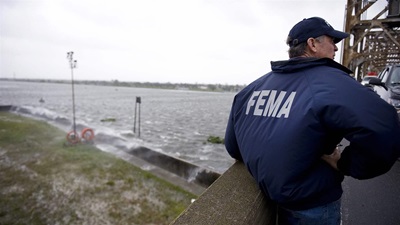The Pew Charitable Trusts helps state policymakers prepare for new and emerging risks to fiscal stability and manage uncertainty by strengthening budgeting practices across several areas, including:
- Understanding and improving natural disaster budgeting practices.
- Identifying and planning for other emerging risks such as significant demographic, technological, and economic shifts.
- Improving state management of federal funds to account for uncertain and volatile funding.

States play a critical and often overlooked role in paying for disaster costs, assisting communities and individuals and helping to cover cost shares required by federal relief programs. To cover these myriad costs, states draw from a range of funding sources, including dedicated disaster or emergency accounts, rainy day savings, and general fund revenue.

Policymakers at every level of government are grappling with the rising costs of storms, floods, wildfires, and other natural disasters and how best to aid affected communities. As disasters have grown in frequency and severity, so too has the strain on public finances and the urgency to update budgeting practices, especially in the states, to help public officials plan for changing spending needs.

To help states address the economic and public health consequences of the COVID-19 pandemic, the federal government provided the largest influx of emergency relief funds in the nation’s history, a massive infusion of one-time dollars totaling more than $800 billion across six legislative packages.

Wildfires in the United States have become more catastrophic and expensive in recent years, with the U.S. Department of the Interior and the U.S. Forest Service nearly doubling their combined spending on wildfire management in the last decade. Wildfire management consists of preparing for, fighting, recovering from, and reducing the risk of fires. To execute these activities, states, localities, the federal government, and Tribes, as well as nongovernment entities such as nonprofit organizations and private property owners, participate in a complex system of responsibilities and funding dictated by land ownership and an interconnected set of cooperative agreements.

The share of states’ total revenue coming from federal funds stayed near record highs in fiscal year 2023, bolstered by ongoing pandemic aid, infrastructure funding, and a slowdown in state tax collections.




